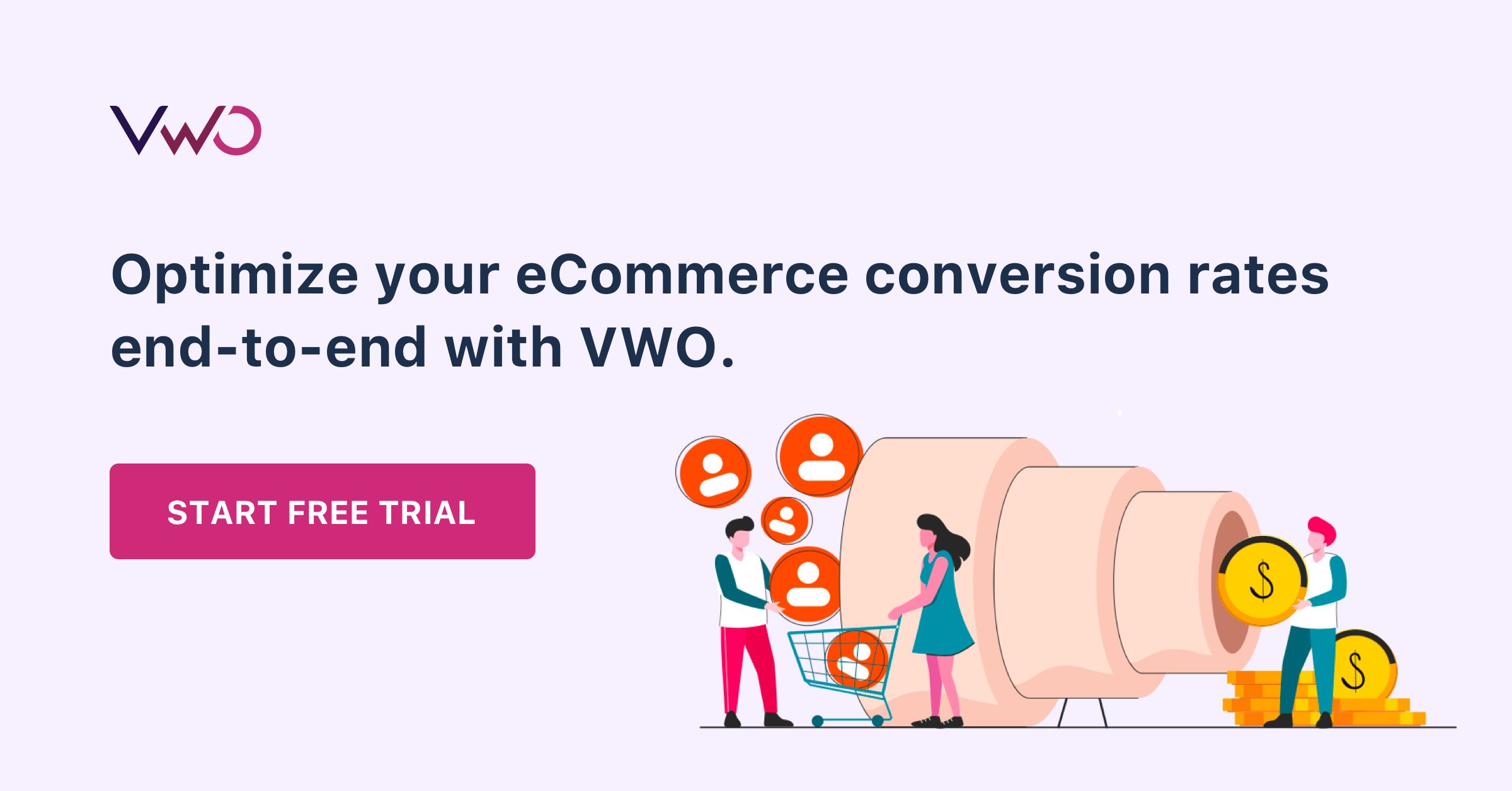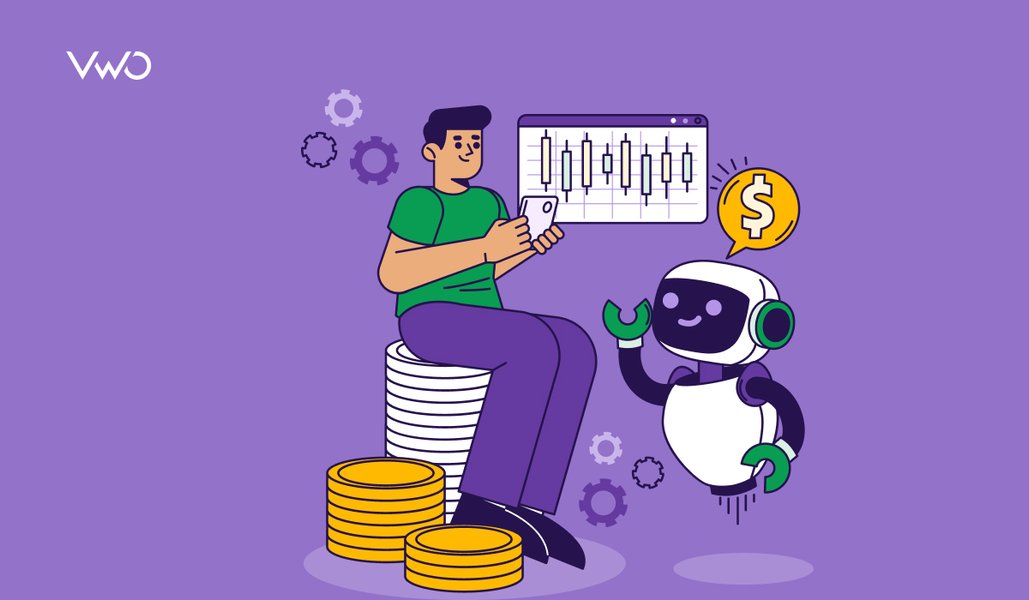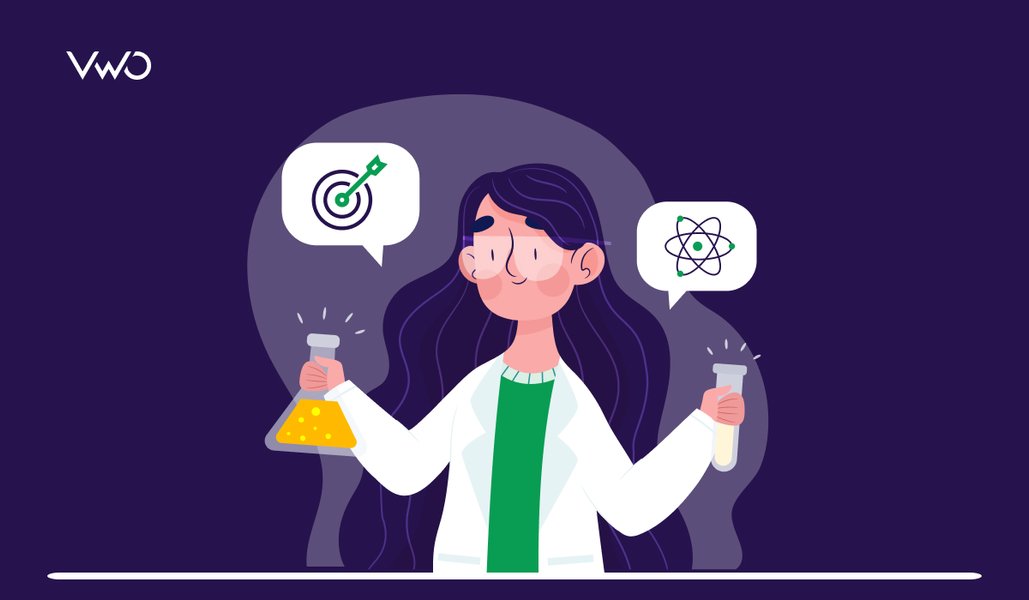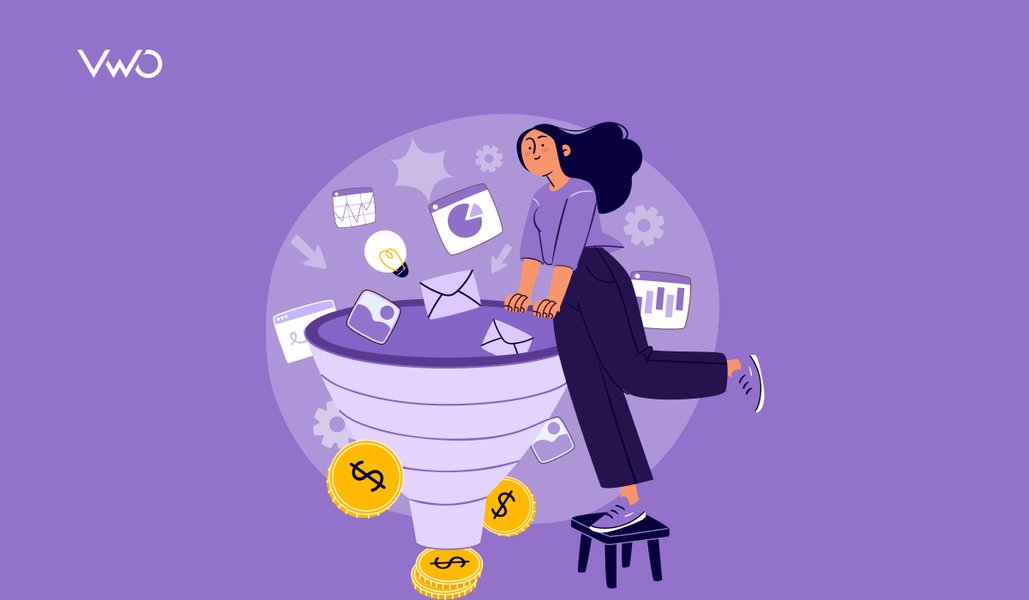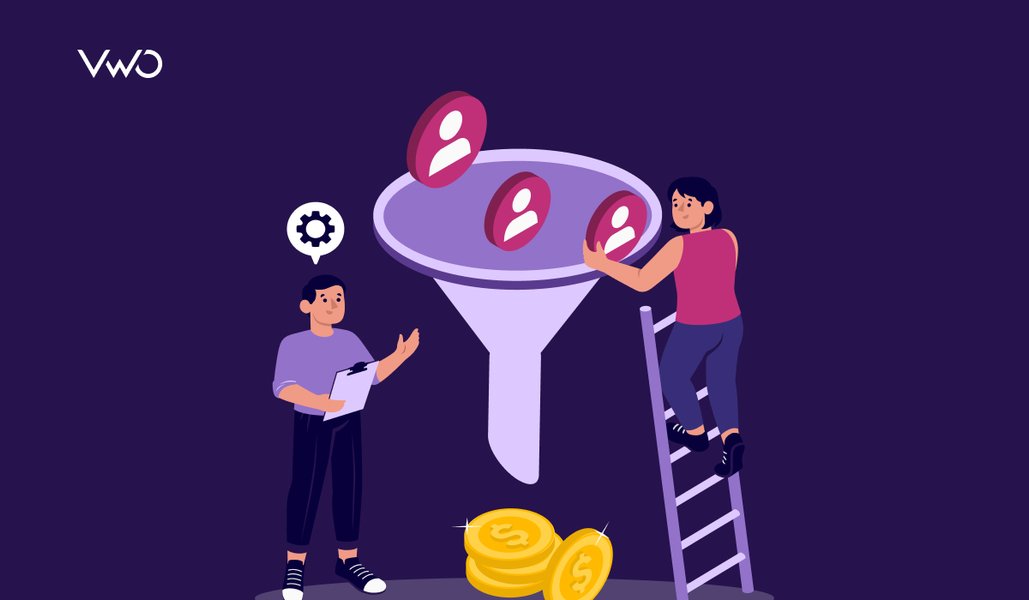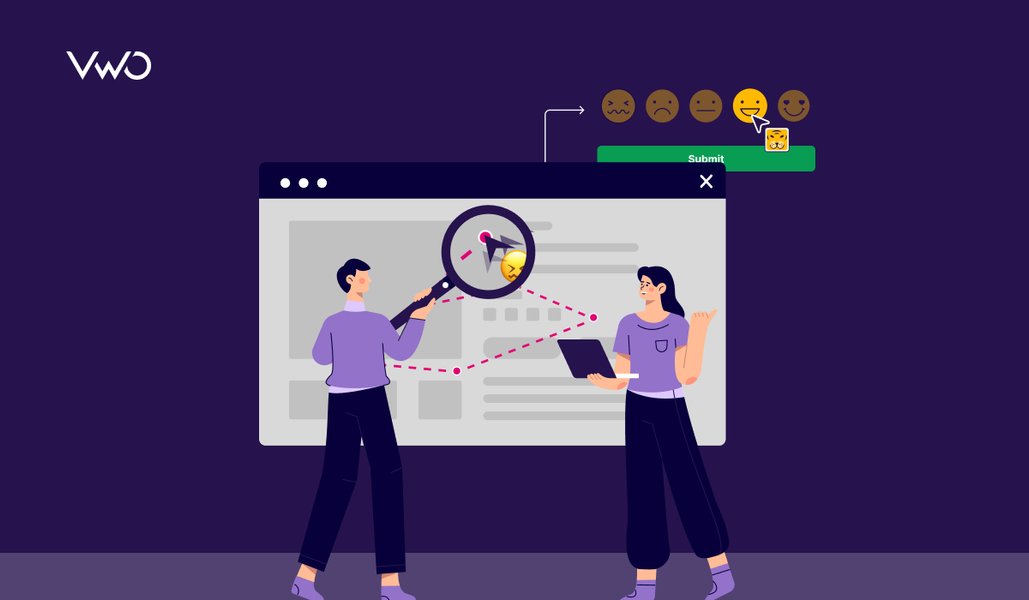When someone mentions “virtual reality,” the first thing that comes to mind is gaming conventions and people furiously swinging a joystick in the air wearing space goggles.
But virtual reality (VR) is more than just a headset that gamers use to play computer-generated simulations. VR has the ability to provide a variety of business opportunities including helping maximize conversions. The ever-expanding technology is being adopted in many industries from healthcare, and real estate, to eCommerce. Here are some statistics about VR:
- The VR industry will be worth almost $34 billion by 2022.
- Over 26 million VR headsets will be sold every year by 2023.
- Nearly 19% of US consumers will be utilizing VR by the end of 2020.
- 71% of customers believe that brands that use VR are forward-thinking.
Download Free: A/B Testing Guide
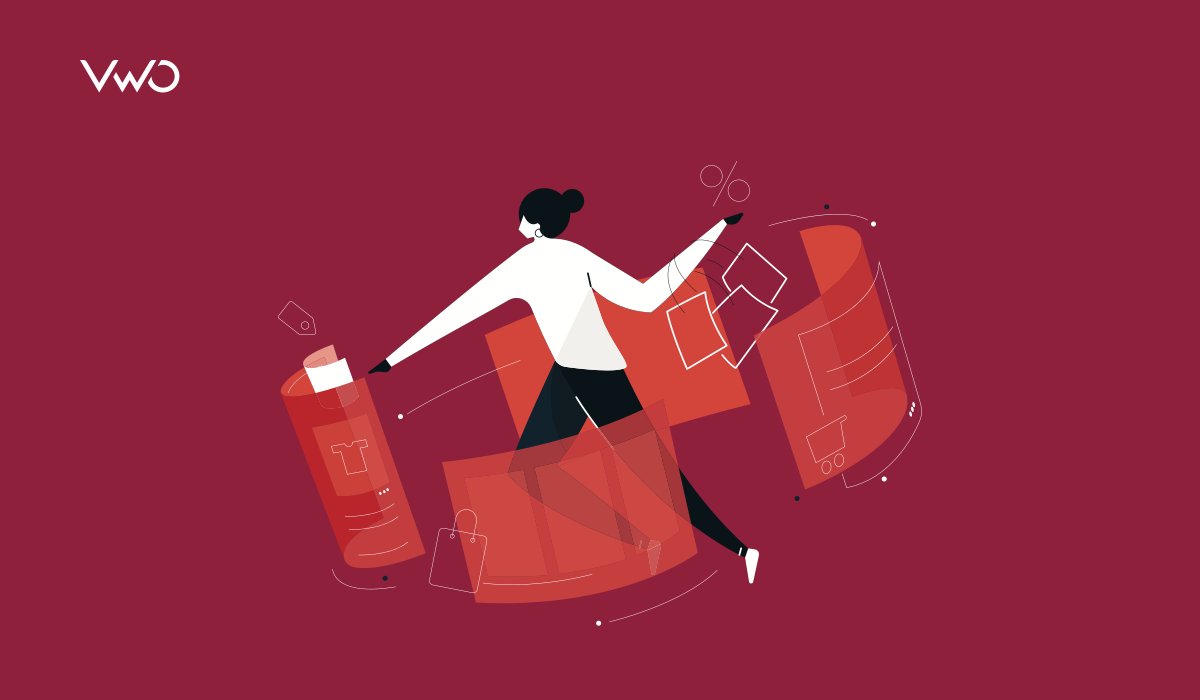
Related to VR is Augmented Reality (AR). This technology can enhance reality by superimposing computer-generated images. In this article, we will be looking at the potential of VR and AR and how they can be used to optimize your eCommerce business’ conversion rate.
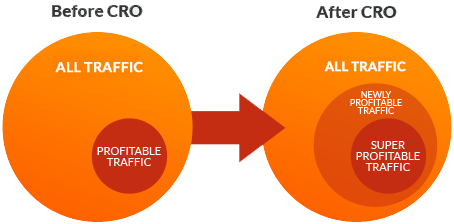
Is VR right for your business?
Just like any other good business decision, determining whether your eCommerce website will benefit from VR/AR technology needs to be based on data. So first, you need to identify if it will help your company.
The first step is understanding your target audience. Who is it that you want to attract and convert? Or, more importantly, who is it that you’re not converting? Conduct surveys, questionnaires, and polls about how your current audience feels about VR/AR being implemented to collect useful data. Here are a few data points you can consider gathering:
1. What is the main source of audience traffic?
2. How long do they spend browsing?
3. What are their major concerns with the eCommerce website purchasing journey?
4. What are their views about VR/AR and use cases?
Alongside surveys, other analytics tools can collect behavioral data on your site visitors. The likes of Google Analytics and VWO Insights are invaluable in helping you understand your potential customers, and how VR/AR may improve their user experience (UX). Through research, you’ll be able to understand whether AR/VR is a fit for your business, as well as the best approach to implementing it on-site, or at least where to begin testing.
1. Testing
Testing what works according to your audience’s likes and wants. Creating an eCommerce experience that maximizes conversions requires finding out what resonates with your audience. After choosing which VR/AR options will benefit your business conversion rate (we will discuss these options in more detail below), it is important to test the different variants.
One of the most effective testing methods used to optimize business conversion rates is A/B testing. This is the process of creating two variants of a specific website feature, for example, a VR element, showing it to your audience, and measuring which variant performs the best. The conversion rate of each variant is measured, and the best-performing option is kept.
Watch a webinar on how to build a culture of experimentation from scratch and the basics of A/B testing.
2. Optimize your conversions with customer service
Good customer service is at the core of a thriving company. 84% of consumers said that customer service is a key deciding factor on whether or not they will do business with that brand. In fact, 68% of customers would be happy to be charged more if they received good customer service.
Fidelity Investments used VR for employee onboarding and training—particularly useful during the pandemic where only remote work was possible. This included VR team building, socializing, and, most importantly, customer service training scenarios.
Fidelity also used VR to put their customer service teams in the position of the customer. This helped the teams to better understand what their customers go through. Promoting customer empathy is a great way to improve customer relationships, and VR makes it easy.
In some situations, customer support teams need to troubleshoot the issue over the phone or through a contact center. This is very common in industries like IT. Often, the customer service team member will require the customer to describe the issue over the phone. Using AR in these customer service situations is useful as it can provide staff with a visual representation of the problem and allow them to assist the customer in a shorter period of time.
Not only that, it can show the customer exactly what the staff is doing to help, and it can teach the customer to troubleshoot the problem for themselves in the future. Providing customers with efficient support will optimize eCommerce conversion rates.

3. Optimize your conversions with user experience
Being able to test and try a product before buying it is a big advantage for a consumer. However, this can be difficult in an online setting. VR and AR showrooms allow eCommerce businesses to bridge the gap between online products and physical in-store items.
It’s not just conversions, either. The average user visits a website for less than 15 seconds. VR/AR showrooms engage customers for longer. In fact, websites with some form of VR have higher visitor retention and are viewed 5-10 times longer.
A VR showroom allows the customer to immerse themselves in a digitally created environment. For retail, this means that shoppers can pick up and examine objects, open drawers, and even try on clothes.
An AR showroom, on the other hand, allows customers to superimpose your products into their own reality. For example, let’s say you’re working from home and need to buy a new desk for your home set-up. AR will allow you to view how the desk would fit into your home.

Just a few of the benefits of VR/AR showrooms include:
- Customers aren’t required to wait in changing room queues to try items on.
- VR/AR reduces the number of returns because customers observe how the products will look on them or in their homes. Macy’s has reported that product return rates have reduced to less than 2% since the introduction of AR.
- VR can be used to collect analytics such as most tried items, style preferences, and customer behavior. This data can then be converted into actionable insights.
All of these benefits will optimize your conversion rates.
Download Free: A/B Testing Guide
4. Optimize your conversions with marketing
VR marketing has the potential to immerse customers in a world created by your brand that normal video marketing can’t replicate. It can be visual, and it can even be multi-sensory, depending on the device that is used.
The key benefit of VR marketing is increased customer engagement. Customers commonly use ad blockers or quickly skip commercials, but a VR experience is a deeper interaction with the consumer. In fact, research shows that 360o adverts have an 85% completion rate compared to 2D adverts that only have a 58% completion rate. This increased engagement will increase traffic and improve your conversion rate.
AR marketing is also an option. It’s not as expensive as you might expect, either. Features like Instagram AR filters and Apple’s ARKit have made creating AR marketing campaigns a possibility even for small businesses.
Using these novel marketing techniques is a great way to drive traffic to your eCommerce website and convert potential customers into paying ones.
Examples of great VR marketing campaigns
Merrell Trailscape VR was an experience created by Merrell to support the release of their new hiking shoe. It took customers on a dangerous hike through mountains and unstable wooden bridges whilst they were ‘virtually’ wearing the new shoe.
A less action-packed but equally effective approach was Patron’s “The Art of Patron” VR campaign. The tequila company used VR to tell their audience the story of how their product is made, beginning in an agave field and ending at a glamorous night event.
How does all this apply to your eCommerce business?
You might be thinking: how does this relate to you and your business?
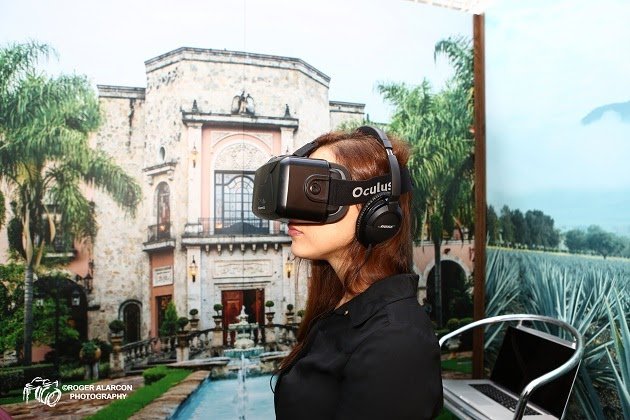
Creating an emotional connection with visitors to your website is one of the most effective ways to increase conversion rates. Brands that aim to emotionally connect with their audience outperform competitors by 26%. Creating a compelling experience that your audience will remember is something all eCommerce businesses should aim to do, and VR makes this easier.
It’s important not to just use VR as a technology but as a tool to tell a story with.
Creating a synergy between online and physical experiences is the essence of VR. If you can harness its immersive capabilities, you’ll have a lot to gain from the VR world—from conversions all the way through to customer engagement and retention.
